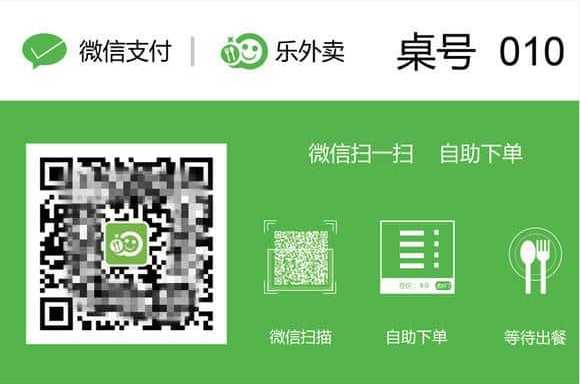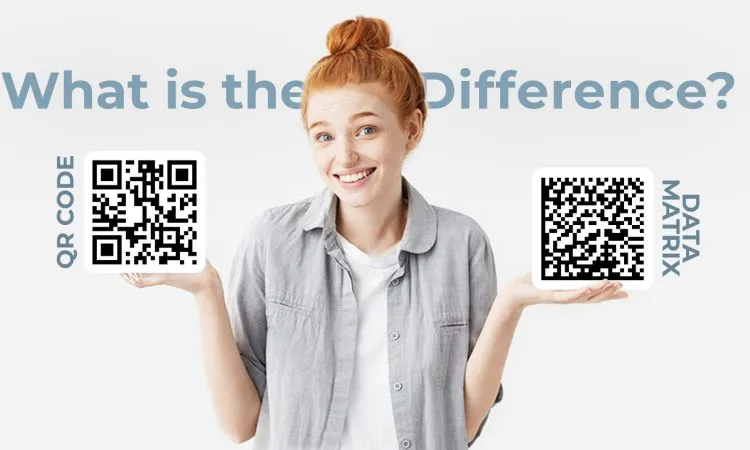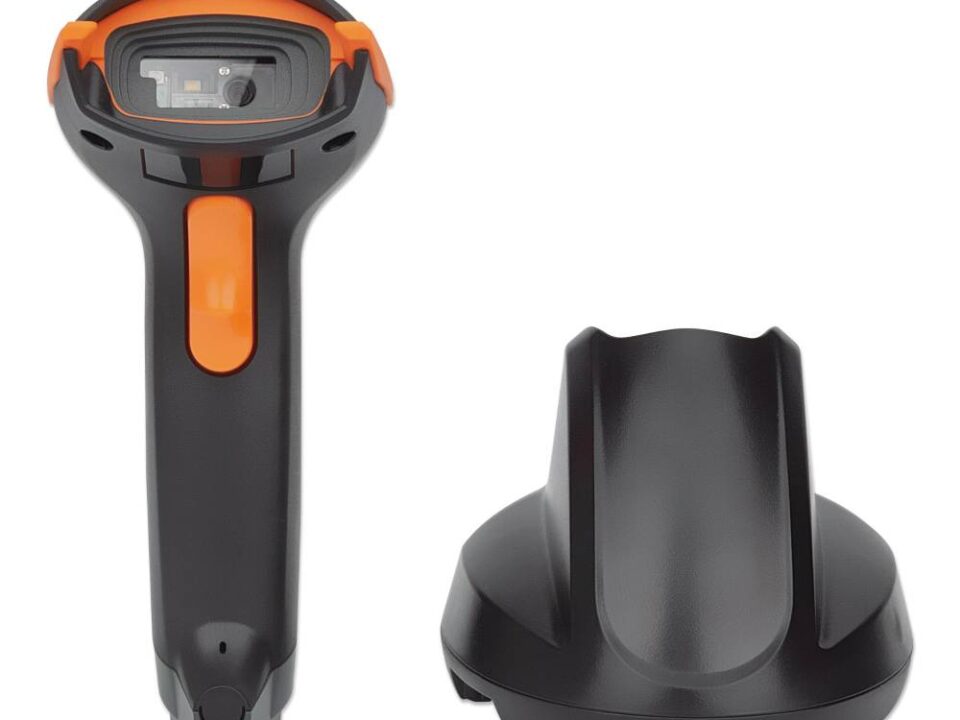QR code, short for Quick Response Code, was first used by the automotive industry in the mid-90s to track the manufacturing process of vehicles. Then in the early and mid 2000s, they made the leap to consumer advertising and marketing, which gained more popularity and public use at the time. However, the transition to bridging the gap between the print and digital worlds has not been as successful as planned. Ease of use issues hindered further development, and QR codes took a back seat.
This all changes in 2020.
To help further reduce daily physical contact in a pandemic-driven world, QR codes offer businesses a touchless way to simplify information and keep customers engaged. User frequency, purchases, interactions, and more can now be tracked using a simple QR code scan. QR code analysis opens the way for more advanced marketing engagement and brand awareness, as well as new consumer experience opportunities.
So what does this mean for 2021 and beyond?
In this article, we take a look at the rapid rise in QR code usage and how the information gleaned from scanning QR codes has led to a more in-depth analysis of consumer behavior.
Two types of QR codes
As we discussed in the previous article, QR codes are a popular type of 2D barcode. Compared to their one-dimensional counterparts, they are able to hold a large amount of information and help eliminate human error. QR codes can be used to share information, videos, photos, map locations, documents, and more.
A URL is placed in the QR code, and when scanned, it redirects the user to the expected URL. Previously, users needed to download an app on their smartphones to access QR codes, which hindered the development of QR codes in the modern market and led to a stagnation in the development of QR codes. However, advances in smartphone technology have allowed barcodes to be automatically scanned from any open camera application, which then redirects the user to a connected URL.
There are two types of QR barcodes: static and dynamic. Each method has its own advantages and is better used depending on the task.
Static QR code
Static QR codes cannot be overwritten once generated, which means they are not editable. They contain encoded information that sends users to a fixed destination URL, which means they offer very limited functionality. Static QR codes are used in situations where information does not need to be updated, such as one-time events or marketing campaigns, which makes the information impossible to track.
Some types of static QR codes include:
- Email QR code
- SMS QR code
- Text QR code
An example of using a static QR code, such as a local community competition, after the event officially ends, the runner’s race bib with the static QR code printed on it can be scanned to get the race result. Because this is a one-time event, no tracking is required.
Dynamic QR code
Dynamic QR codes are user editable, which means they can still be changed after they are generated. This helps to fix errors that have occurred, update information, or change URLs. Adjustments and changes can also be made to still-running marketing and advertising campaigns, which saves time and money because it doesn’t require reprinting new barcodes.
Dynamic QR codes use short URLs. A short URL link is easier to edit and makes scanning and loading code faster. This is because it has a simpler structure and is smaller than the full URL code used to connect users to information.
Because dynamic QR codes can be used for tracking, features and tools such as scan analysis, access management, and device-based redirection are allowed.
How does dynamic QR code tracking work?
Companies or businesses looking to monitor marketing campaigns and analyze impact can benefit from the use of dynamic QR codes. They are inexpensive to make, versatile and easy to implement. They can also provide a wealth of information.
Real-time tracking
Dynamic QR codes are user editable, which means they can still be changed after they are generated. This helps to fix errors that have occurred, update information, or change URLs. Tweaks and changes can also be made to still-running marketing and advertising campaigns, which saves time and money as it doesn’t require reprinting new code.
Dynamic QR codes use short URLs. A short URL link is easier to edit and makes scanning and loading code faster. This is because it has a simpler structure and is smaller than the full URL code used to connect users to information.
Because dynamic QR codes can be used for tracking, features and tools such as scan analysis, access management, and device-based redirection are allowed.
Digital Analysis
A single scan of a QR code provides extensive analytics. This new information can be continuously acquired, including:
- Location (ie city, state and country)
- Number of scans (ie total scans for a barcode, multiple scans for a single individual)
- Scan time (ie hour, day and month)
- Frequency (i.e. how often the code is scanned)
- Traffic (i.e. increase or decrease in web pages, social media, etc.)
Thanks to QR code analysis, companies can make necessary changes to improve their marketing efficiency. For example, previous and current activities can be compared to see which strategy has a higher success rate than others, so the business knows it should focus on moving forward.
Business Insights
The data provided by the QR code opens up many windows to a business or company. They can target specific operating systems, such as iOS or Android, consumer products, specific locations, etc., to get different metrics that help their marketing and advertising campaigns. Tracking QR codes monitors scan performance and user insights, allowing these industries to focus on boosting sales, increasing their brand presence on social media, and further researching customer engagement.
Where are dynamic QR codes used?
Companies and businesses looking to monitor marketing campaigns and analyze impact can benefit from the use of dynamic QR codes. They are inexpensive to make, versatile and easy to implement. They can also provide a wealth of information.
Restaurant & Bar

One of the most popular places where QR code is used is in restaurants and bars. After reopening under lockdown restrictions, many of these businesses started using QR codes as a business solution.
In an effort to reduce touch and provide a freer dining experience, restaurants and bars are replacing hand-held menus with QR codes. They can be found on stickers or labels on table top inserts or tents, signs, flyers, etc. If there is no paper QR code, there is no reprint cost.
Customers in restaurants and bars can scan the QR code and send them to the appropriate web page where they can offer the following options:
- View menu item
- Order
- Contactless Payment
Air travel
With airports handling large populations, finding ways to streamline travel processes is necessary to maintain business during the pandemic. Communicating through digital channels allows businesses and brands to build trust while creating an all-encompassing, safer environment for travelers.
Passengers can use the QR code at check-in, or as a paperless boarding pass. Since many airlines allow passengers to check in early, they create a barcode that they can use once they arrive at the airport. This helps reduce wait times and enables people to get to their flights faster through safety procedures.
Retail
While the growth of QR codes in retail has been going on for several years, the pandemic has only helped expand the use of QR codes. Allowing these code brick-and-mortar stores to compete with e-commerce by giving them a competitive edge in digital and multi-channel marketing.
Apparel stores are placing QR codes in storefront windows that customers can scan to view store merchandise or link to discounts and coupons. QR codes can also be placed inside stores to give customers a more interactive experience. A single scan can link customers to a store map or guide them to new products or displays to better engage customers. QR codes have even appeared on clothing labels that can provide further explanations about a product, such as material details or manufacturing information.
QR codes in stores can also provide contactless shopping and payment options. Customers can scan the QR code next to the item they want to buy and pay with their smartphone at checkout, which helps simplify the entire shopping process.
This means moving forward
Unlike QR codes, which first attempted to penetrate the marketing and advertising space, the current use of QR codes seems There is no slowdown. According to Statista, around 11 million households will scan QR codes by the end of 2021.
Businesses can now leverage QR code analysis to gain a clearer understanding of their consumer base. They can witness how successful their content is, plan advertising and marketing campaigns based on past and present criteria, and ultimately have better ways to more accurately understand user behavior and guide them to target and retarget consumers.
Sitemap
One tool that can be combined with QR code analysis is heat mapping.
The heatmap displays the most popular and least popular elements of a web page as colored images, with the most popular in red and the least popular in blue. This visualization helps facilitate data analysis to understand how users interact with web pages after scanning a QR code. These interactions can include what the user clicked, how far they scrolled, what was ignored, where they moved on the page, and more.
For example, a restaurant uses dynamic QR codes to send customers to their website and wants to analyze the data they receive. They can use a heat-mapping tool to determine which areas of the menu are more noticeable than others.
Another example is a clothing retailer. Once a customer scans a QR code and links to their website, they can use heatmaps to see which products are getting the most and the least clicks, and what percentage of their pages are actually being scrolled.
Businesses can leverage the data collected from QR codes to understand where consumers spend the most time and identify trends that can be optimized for further engagement.
Conclusion
QR codes, especially dynamic QR codes, have become an invaluable investment tool. As access to mobile smartphones continues to increase, the allure of using QR codes in the modern marketplace is likely to become the new normal, with a wealth of information that continues to evolve with it.
Top Ten Classic QR Code Marketing Cases
1. Minocoin creative QR code
At the just-concluded 2012 Guangzhou Online Trade Fair, Minor Makeup brought us a wonderful and exciting “money grab” activity. As we all know, the Internet Fair is an O2O innovation exhibition that goes from online to offline and then back online. It is an important platform for manufacturers to develop online distributors. Obviously, the most important thing for distributors is “wealth”. Seizing the hearts of distributors, Minor Makeup has a whimsical idea – to send money on the spot, but it is not in RMB, but the original Minor Fortune Coin.
Minor Wealth Coin is modeled on the currencies of countries and regions sold overseas by Minor. It is redesigned to integrate Minor elements and creative QR codes into Minor Wealth Coin. Holding Minor Wealth Coin can not only enjoy Distribution support discounts, scan and save the Miele QR code with your mobile phone, you can get the redemption coupons of 100 yuan Miele makeup Taobao Tmall mall, you can also log in the Miele Tmall mall at the Canton Fair site to learn about Miele makeup brands and products And other detailed information, convenient and fast.
2. Emart supermarket invisible QR code
At noon, the traffic and sales volume of supermarkets are always very low, so South Korea’s Emart supermarket has ingeniously set up a very creative QR code device outdoors. Under normal circumstances, this QR code cannot be scanned. QR code link, the QR code will appear normally only at noon when the sun shines on it to produce a corresponding projection. At this time, scan this QR code with your smartphone to get For supermarket coupons, if you buy goods online, you only need to wait for the supermarket logistics staff to deliver them to the user’s convenient address.
3, Victoria underwear “temptation” QR code
The famous lingerie brand Victoria made a very stylish outdoor advertisement, which covered the QR code on the front of the model, and the advertisement copy was naked and full of temptation – “Reveal Lily’ssecret” (Lily’s true secret), You can’t wait to pick up your mobile phone to take a QR code. It turns out that the back of the QR code is Victoria’s Secret underwear, which is really “sexier than the skin” as the slogan says.
4, JCPenney store personalized gift QR code
This past holiday season, retailer JCPenney let customers personalize their gifts. When you buy a gift from any JCPenney store, you’ll get a “SantaTag” along with the corresponding QR code. After scanning the QR code, the giver can record a personalized voice message for the recipient, and then the giver sticks the label on the package like a gift card.
5. Starbucks simplifies interaction with customers
Stores such as Starbucks use QR codes to simplify the way they interact with customers. Customers no longer have to wait in long queues to pay, but simply link their prepaid card to a mobile app to complete payments faster and learn more about products and stores.
6. Give customers something they want
One of the i in the 4i principles of marketing is interests (interests), giving customers the benefits they want! MountainDew and TacoBell jointly launched a promotion: after customers scan the QR code on the beverage cup, they can download music for free . They know their customers: young people are interested in pop culture. The campaign garnered more than 200,000 downloads for the company.
7. Tesco recreates the shopping experience
In South Korea, retail giant Tesco has launched a “mobile supermarket” in a bustling subway station, where consumers can quickly scan to buy what they need. By the time they got home in the evening, the goods had already arrived, and with this move, Tesco quickly became the leader in online retailing in South Korea. And this marketing method is also learned by the domestic comprehensive shopping website “Yihaodian”, and it is promoted in a small range in subway and bus stations in Beijing and Shanghai.
8. Verizon launches a contest worth sharing
Verizon recently ran a successful promotion that drove a 200% increase in sales. In-store customers scan a QR code to share their game information on Facebook. If a friend buys a Verizon phone through the link, the original customer has a chance to win a smartphone. Verizon put in $1,000 and got $35,000 in return. Additionally, Verizon has increased brand recognition among its 25,000 Facebook users.
9. Share the most trendy music assortment
If you want to tease that “special you” music, you can create a mix of the most modern and trendy music through Spotify. After creating a music playlist on Spotify, a corresponding QR code will be generated, and then you can send a greeting card with the QR code to that “special you”, and the other party can directly enjoy the music assortment after scanning.
10. TurquoiseCottage bar uses QR code as entry seal
TurquoiseCottage is a bar in New Delhi, India, designed to give customers a good evening. They worked hard on the stamps entering the store, replacing the traditional patterns with QR codes. TurquoiseCottage calls this creative stamp of its own the BuddyStamp.
Customers can access TurquoiseCottage’s website by pointing their smartphone to the QR code. When customers scan the QR code between 8 and 10 p.m., they can get discounts on certain drinks at the nightclub, and it also offers hangover tips if the time is between 6 a.m. and 4 p.m.
Over 85% of nightclub goers scanned a QR code with a smartphone and actively shared this unique experience on Facebook.




